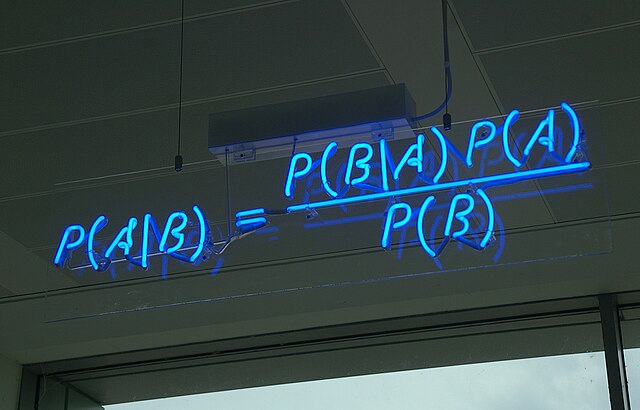This last year, the Biological Sciences Directorate at the National Science Foundation—one of the biggest single funders of ecology and evolutionary biology research in the U.S.—introduced a new process for reviewing grant proposals.
Lots of other folks with better first-hand knowledge have written about the new process. The key change is that, where formerly NSF offered two opportunities per year to submit a proposal for funds, the new procedures introduced a “pre-proposal” stage in which biologists write a much shorter pre-proposal first. If this mini-proposal is judged worthy, the applicant is then invited to submit a full proposal several months later.
This effectively reduced the workload (in terms of full proposals) for NSF reviewers, and it makes the funding rate for “full” proposals look much better—as long as you don’t look too closely at the triage (i.e., rejection) rate for preproposals, which, eek. But it also cut the “real” opportunities to submit a grant proposal in half. If you’re trying to land NSF funding in the few short years before a tenure review, that might make you a bit … concerned.
So a bunch of biologists wrote to NSF about this [PDF], pointing out that the new process
- Creates a much longer “lag time” between submitting a new idea as a proposal and recieving money to pursue the idea, effectively slowing down the pace of basic science;
- Reduces the scope and complexity of ideas that can be proposed; and
- Provides less feedback for applicants, which makes it difficult to improve rejected proposals for the next round of applications.
That letter, and followup discussions, got NSF thinking about (or maybe thinking about thinking about) some changes to the new process. I’ve just learned via an e-mail from the Society for the Study of Evolution that there’s a very short survey that interested parties (i.e., those of us who study ecology and evolutionary biology, and might like the NSF to pay for some of our work) should fill out by next Tuesday, the 18th. It took me about a minute. So maybe go do it now?◼
 The Best Science Writing Online 2012, the latest incarnation of the Open Lab anthology of online science writing, is officially available for purchase today. This year’s collection includes my “Intelligent homosexual’s guide to natural selection” alongside contributions from many far better popular science writers—including Carl Zimmer, Eric M. Johnson, Christie Wilcox, Maryn McKenna, Brian Switek, Ed Yong, and Maggie Koerth-Baker.
The Best Science Writing Online 2012, the latest incarnation of the Open Lab anthology of online science writing, is officially available for purchase today. This year’s collection includes my “Intelligent homosexual’s guide to natural selection” alongside contributions from many far better popular science writers—including Carl Zimmer, Eric M. Johnson, Christie Wilcox, Maryn McKenna, Brian Switek, Ed Yong, and Maggie Koerth-Baker.




